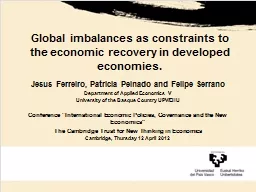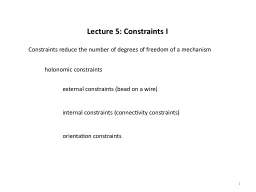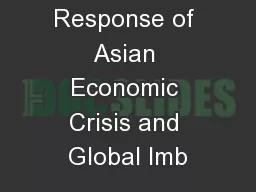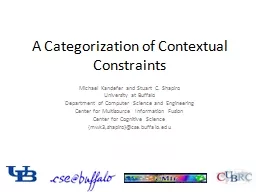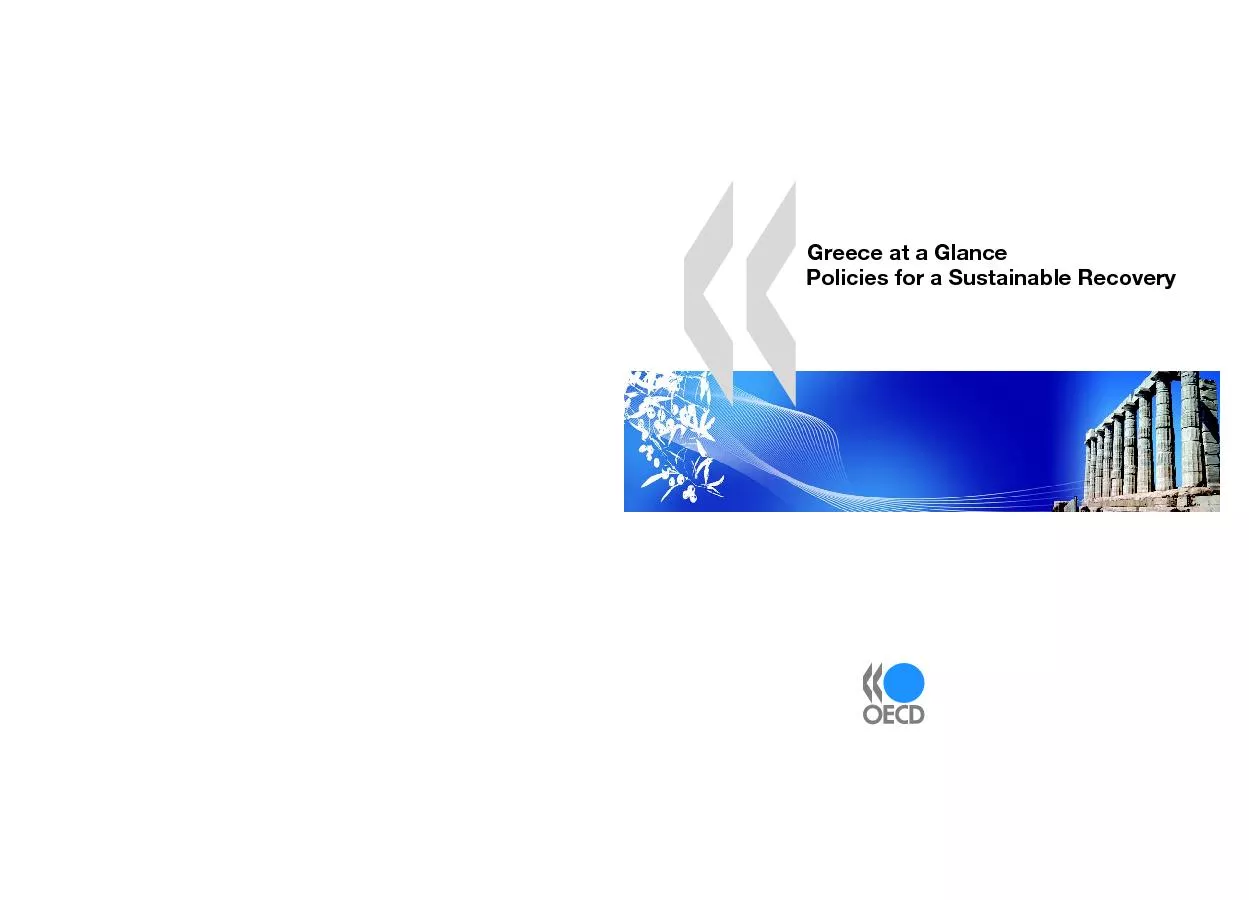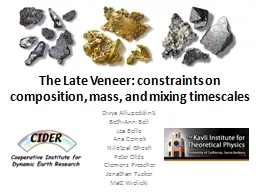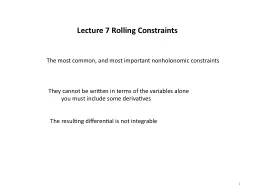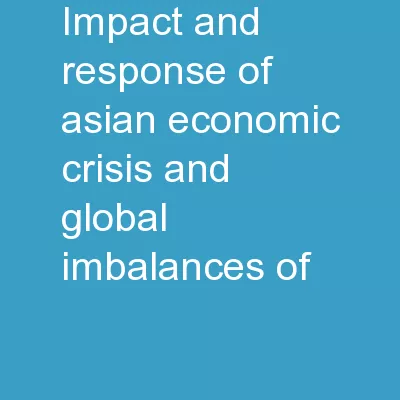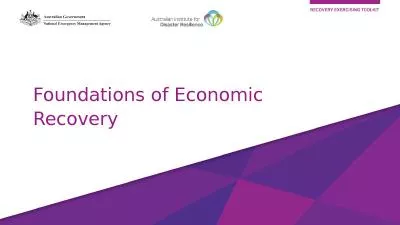PPT-Global imbalances as constraints to the economic recovery i
Author : conchita-marotz | Published Date : 2017-12-16
Jesus Ferreiro Patricia Peinado and Felipe Serrano Department of Applied Economics V University of the Basque Country UPVEHU Conference International Economic
Presentation Embed Code
Download Presentation
Download Presentation The PPT/PDF document "Global imbalances as constraints to the ..." is the property of its rightful owner. Permission is granted to download and print the materials on this website for personal, non-commercial use only, and to display it on your personal computer provided you do not modify the materials and that you retain all copyright notices contained in the materials. By downloading content from our website, you accept the terms of this agreement.
Global imbalances as constraints to the economic recovery i: Transcript
Download Rules Of Document
"Global imbalances as constraints to the economic recovery i"The content belongs to its owner. You may download and print it for personal use, without modification, and keep all copyright notices. By downloading, you agree to these terms.
Related Documents

